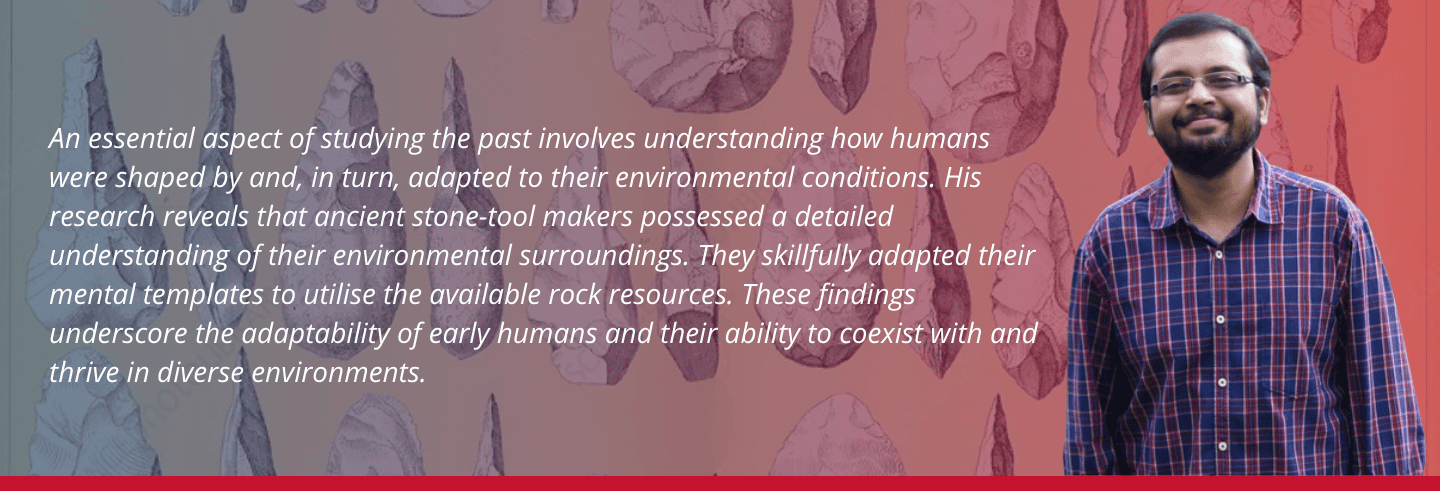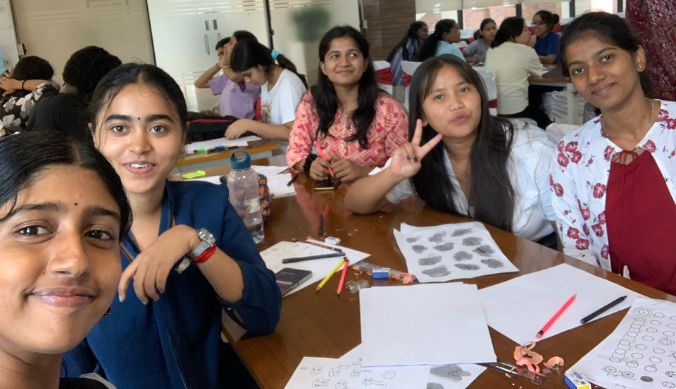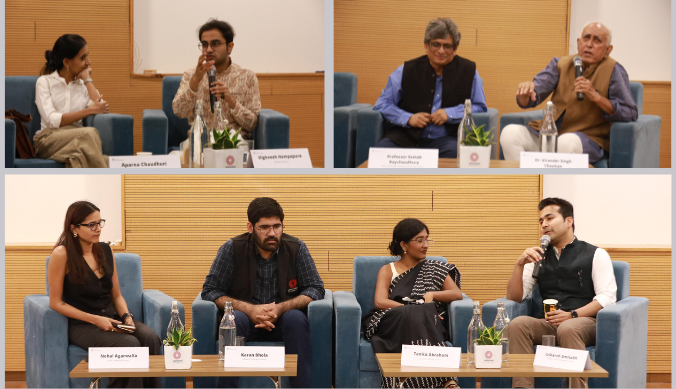Sticks and Stones: How can we understand past environments by looking at stone tools?
Akash Srinivas, Postdoctoral Fellow at the Centre for Interdisciplinary Archaeological Research, explores how the study of prehistoric stone tools offers valuable insights into human adaptation, environmental interactions, and survival strategies, shedding light on our deep past through research conducted across diverse sites in India.

Yukti Arora
22 November, 2024 | 3m readThe study of humanity’s past is rooted in a variety of written and material evidence. Research suggests that stone tools predate our species, Homo sapiens, by at least 2.7 million years. In South Asia, stone tools have been dated back to at least 2 million years ago. Despite the antiquity of such evidence, the oldest known writing is only around 5,000 years old. As a result, much of what is known about early human history depends on prehistoric archaeology—a field that examines the period before the invention of writing. Due to their durability, stone tools serve as crucial windows into this deep past, offering insights into where, when, and how ancient humans lived, what they ate, and even how they thought.
An essential aspect of studying the past involves understanding how humans were shaped by and, in turn, adapted to their environmental conditions. The plants and animals that surrounded them, the weather, available water sources, and even the ground and surfaces they lived on influenced their lives. The types of rocks and stones available directly affected the resources these early populations could utilise. Examining stone tools—their technology and manufacturing processes—provides valuable insights into prehistoric adaptation strategies and the palaeoenvironmental conditions that ancient populations had to adapt to.
Dr. Akash Srinivas, a Postdoctoral Fellow at the Centre for Interdisciplinary Archaeological Research (CIAR) at Ashoka University, has worked extensively with stone tool collections from various regions in India. These include sites in Bandhavgarh National Park, Madhya Pradesh; Melghat Tiger Reserve, Maharashtra; the Central Narmada Valley, Madhya Pradesh; and the Deccan Plateau in Karnataka.
His research reveals that ancient stone-tool makers possessed a detailed understanding of their environmental surroundings. They skillfully adapted their mental templates to utilise the available rock resources. For instance, in areas abundant with river cobbles, they innovated ways to exploit these resources, which were otherwise challenging to use with traditional techniques. On the hill slopes of Karnataka and Madhya Pradesh, they minimised energy costs by working with naturally disintegrated rocks. In the rich forest lands, they crafted complex tools to hunt swift and agile fauna around them.
These findings underscore the adaptability of early humans and their ability to coexist with and thrive in diverse environments. Akash’s association with CIAR has allowed him to contribute to uncovering the environmental bases for these adaptive strategies, helping piece together the larger puzzle of humanity’s collective past.
Edited by Dr Yukti Arora, Academic Communications, Research and Development Office
Author Bio: Akash Srinivas is a prehistoric archaeologist and his research interests primarily concern Palaeoanthropology and Palaeolithic Archaeology. He is currently engaged in the study of the nature and variability of stone tool technology of the South Asian Lower Palaeolithic region and characterising the nature of Palaeolithic occupation in southern Karnataka.
Study at Ashoka















